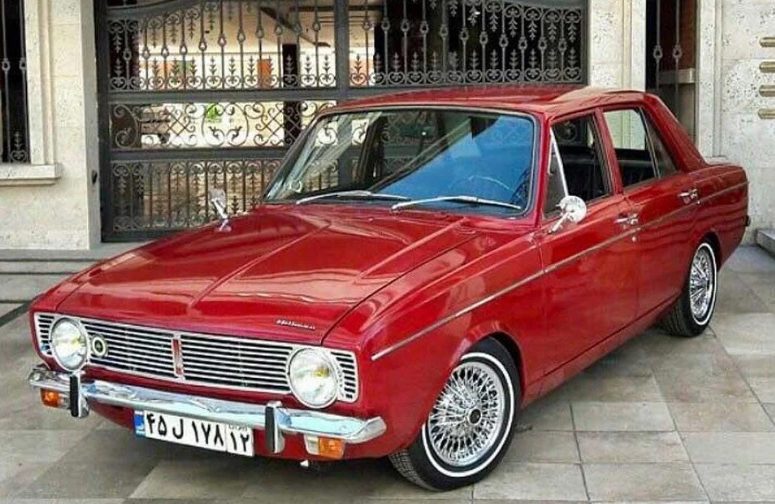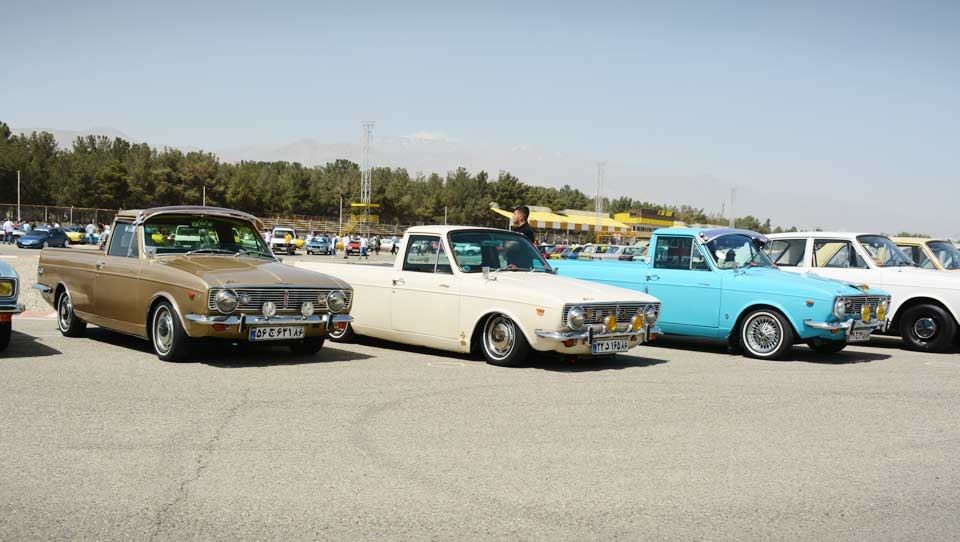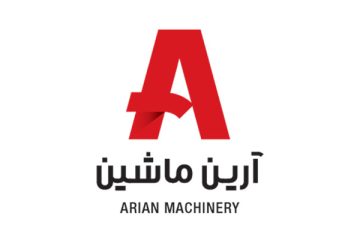Paykan; The story of a dream of the sixties, the period of the Paykan’s journey from the throne to the carpet, the return of an Paykan legend, a part of our contemporary history. In this article, the act group compiles the history of Paykan in Iran
When the Khayami brothers searched the borders of the green continent in the middle of the forties to find a suitable car for Iranians, they definitely did not expect that this car would be produced for more than thirty-five years and fifty years later would become part of the contemporary popular culture of their country.
Become Paykan, after a period of ups and downs and frequent conflicts and reconciliations, is popular among Iranians these days and is well remembered.
Paykan; The story of a dream
Many materials have been published about why Paykan came to Iran and its fate; From the book “Paykan of our destiny” written by Mehdi Khayami, son of Ahmed Khayami, based on his father’s notes, to the documentary “This Paykan” made by Sohrab Daryabandari and Shahin Armin.
Sometimes humorous reports and reviews were also written during the decades of Paykan production in our country. The first love letters to Paykan were written at the very beginning of this car’s birth in the forties.
The industrial documentary film “Paykan” by Kamran Shirdel, which narrated how the car is assembled in deathly silence, was also shown in 1348.
The most memorable of all was the very short music video “Happy Birthday” by Anoushirvan Rouhani, which was shown in 1349.
The Paykan coming out of the middle of the birthday cake in this video was a car that everyone loved and even the then prime minister symbolically used it for daily transportation.
Ahmed and Mahmoud Khayami, who gained a good reputation and reputation in the thirties with their Mercedes Benz bus repair shops in Khorasan, moved their work to Tehran with the support of the then government.
Since the early 40s, these two brothers had the desire to build an accessible and durable Iranian passenger car, and after frequent trips and recommendations, they finally chose the British Roots company’s Paykan platform.
It was in this situation that Roots was bought by Chrysler until the unwritten ode to the Paykan faced problems. Finally, the product of the Khayami brothers’ company, i.e. Iran National, was born on May 23, 1346.

Since then, Paykan has become the national car of Iranians due to its good price, reasonable durability and spaciousness. Paykan Taxi took the place of Fiats assembled in Iran in the country’s taxi fleet.
Paykan Kar was available as a base model without options of this car and it was well received by the departments. For Iranians, the deluxe Paykan was a symbol of the average family, and the youth Paykan was for those who wanted to give their Paykan a little gas!
Meanwhile, Paykan Station and Automatik were two relatively low-circulation samples, which have become almost impossible to find in recent years.
Paykan vanet was also the most Iranian example that was developed by Iran National and until recently it was smuggled on the production line by changing its name and hiding its identity!
The sixties, the transition period of the Paykan
Paykan, with changes and several updates, had done well until the mid-fifties and had somehow become a part of the wheel of Iranian industry.
Many Iranians became car owners thanks to Paykan, and despite the increase, the price of this car was still around 30 thousand tomans on the eve of the victory of the Islamic Revolution. At that time, Iran National had a plan to gradually remove the Paykan from the production cycle and replace it with the more modern Peugeot 305.
The Paykan was to be updated for the last time with a facelift carried out at Chrysler Europe in 1358 and to be withdrawn from the production line altogether in the early sixties.
This facelift, which later became known as the Benzi lamp, was unveiled at the last international exhibition in Tehran before the Islamic Revolution and was discussed in publications.

Read more: The story of the Paykan in Romania
With the revolution, the imposition of unilateral US sanctions against Iran and the brutal attack of the Baathist government on our country, the priorities in Iran changed and most of the industrial capacities of the country were directed to the fronts and the basic needs of the people’s lives.
Out of all the colorful Paykan models, only one simple model and a van model remained. Later, the pickup truck was also decorated with the same facelift with the gasoline lamp, so that the Paykan, with minor changes until the end of the imposition, became a simple car and one of the few products of Iran’s automobile industry.
In those days, IRAN KHODRO CO was left and its Paykan!
The journey of the Paykan from the throne to the carpet
Since the late sixties, with the gradual opening of the border to modern imported cars and the start of assembly of newer products in Iranian automobile companies, the market of our country has changed, and other Iranian buyers had expectations from a car that the 20-year-old Paykan was unable to meet.

Dry ride, stiff steering wheel, cabin noise, relatively low acceleration and high consumption were perhaps important factors in the fall of Paykan.
But it was this old design and the successive half-and-half efforts of iran khodro in updating the Paykan, which turned this old friend of ours, the Iranians, into a national joke.
Paykan gradually faced a lot of criticism, and with the importance of safety and pollution being raised, the arena gradually became narrower until finally, in May 2014, we chased Paykan away with a celebration and hastily consigned it to the dustbin of history!
The return of a legend
A mythical phoenix burns after dying in old age and later a young and strong bird emerges from its ashes. Certainly, few people in the early eighties expected such a fate for Paykan.
A car that at that time was a loss of character for many, and everyone was willing to ride Pride instead of Paykan, which suffered a similar fate a decade later!

Archery lovers and authentic archers, however, did not forget this eternal friend and did not leave him. On the old and tired bodies of their Paykans they drew a red stripe and tried to preserve them.
Even the plan to convert used cars, which was a full-scale genocide for this car in the 80s, could not convince these enthusiasts to give up the Paykan head.
Little by little, and from the early nineties, a wave of love for Paykans started among Iranians. This throwback was even more intense in the newer generations who saw Pakan in the last few years of his life.
Clubs were established for Paykan, and enthusiasts participated in numerous programs and gatherings with their Paykan.
Paykan, part of our contemporary history
These days, in many media, you can see that reporters who have no car-loving attitude, are looking to see how many millions the Paykan is worth now, and talk about the prices of hundreds of millions. Limiting the Paykan to such numbers is the biggest disservice to it.
The car that kept the light of our country’s industry on in the most difficult days, was the currency of the Iranian market for many years and has formed a part of the memories of all Iranians.
This year, on the 55th anniversary of Paykan’s birthday, various ceremonies were held to commemorate this car.
We heard very good news among the pictures of the gathering of colorful Paykans and the cutting of the cake and the parade of Paykans.
Symbolically, the first international identification card of a historic car in Iran was given to a Paykan in 1349.

In a ceremony organized by the Tourism and Motoring Center with the presence of the Honorable Minister of Cultural Heritage and Tourism, Paykan was presented with the first authentic birth certificate recognized by FIVA.
The head of the International Federation of Historical Vehicles, Tido Berstres, was also present at this ceremony and witnessed the awarding of Iran’s first historical ID card to Paykan.
It is a little hard to believe that a car that became a national burden two decades ago has become an international honor these days. The fate that we hope will be repeated for the names of the capitals of our contemporary history.



0 Comments